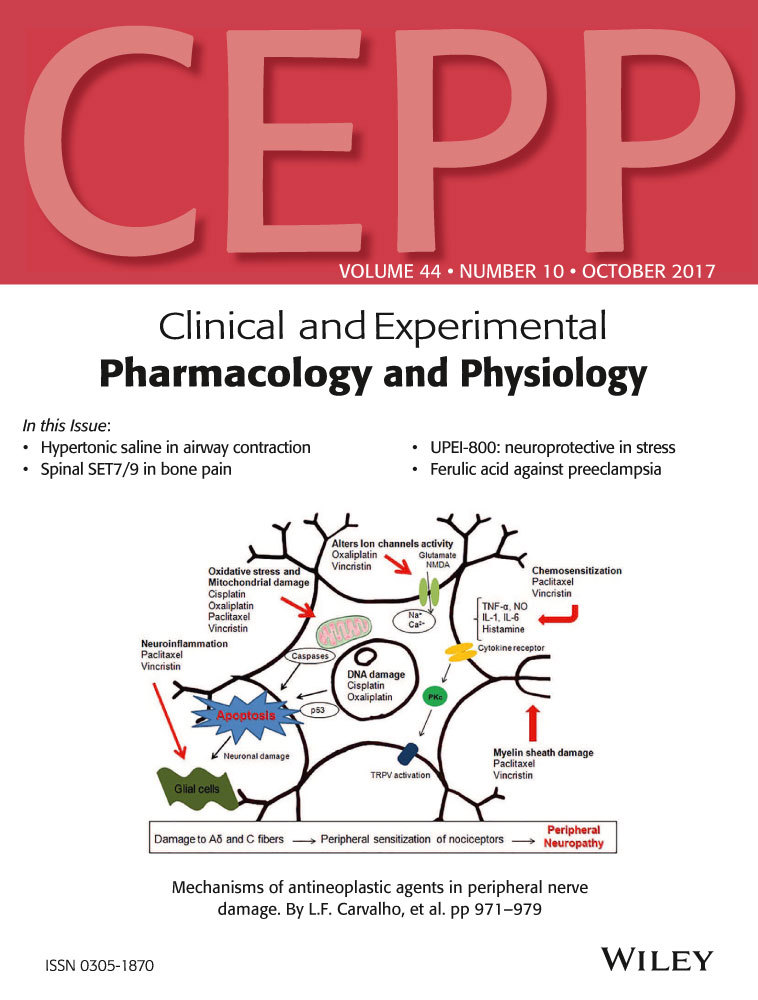A co-drug conjugate of naringenin and lipoic acid mediates neuroprotection in a rat model of oxidative stress
Summary
Using our in vitro and in vivo models of oxidative stress, the current study was designed to determine the neuroprotective potential of naringenin, alone or in combination with lipoic acid. In our mixed neuronal culture exposed to hypoxia and subsequent reoxygenation, naringenin was shown to provide significant neuroprotection against cell death at a concentration of 2.5 μmol/L. Lipoic acid (LA) did not produce neuroprotection at any concentration tested (0.25-100 μmol/L). In contrast, when naringenin was covalently combined with LA, producing a novel compound named “VANL-100”, significant neuroprotection was observed at a concentration as low as 2×10−2 μmol/L (100-fold more potent). An ELISA for antioxidant capacity demonstrated that naringenin and VANL-100 likely resulted in neuroprotection by increasing the free radical scavenging capacity of the neuronal cells. Pretreatment of rats with the above compounds prior to middle cerebral artery occlusion (MCAO) followed by reperfusion, showed similar results. Naringenin significantly reduced infarct volume at a dose of 10 mg/kg while VANL-100 produced significant neuroprotection at a dose as low as 1×10−4 mg/kg (10 000-fold more potent). This VANL-100-induced neuroprotection persisted even when administered 1 and 3 hours into the reperfusion time course. Taken together, these results suggest that our novel compound, VANL-100 is neuroprotective, likely via a mechanism that involves increasing the antioxidant capacity of neuronal cells. Our results also show that VANL-100 is 100-10 000-fold more potent than the parent compounds, which adds to the growing evidence in support of combination therapy targeting oxidative stress in neurodegenerative diseases.




